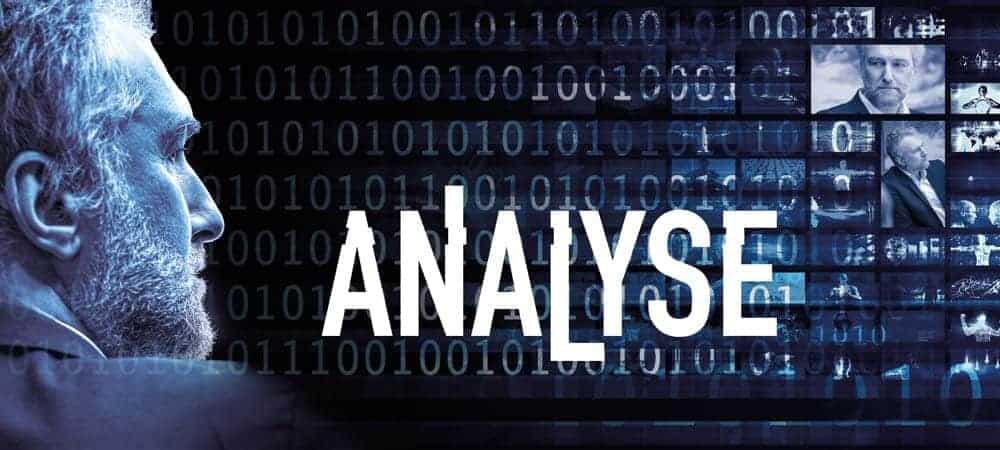Keeping the promise of integration!


Integration has always been a promise from SAP to its customers. In fact, a key reason for the success of R/3 and all subsequent products is their ability to closely link core modules to support integrated standard processes.
Companies still choose an ERP system from SAP for this reason as well.
However, the situation has changed in the meantime. Although ERP software plays a central role in corporate IT today and will continue to do so in the future, a number of other topics are coming into focus.
Companies are investing in additional solutions for modern personnel management in order to attract, retain and develop talent. Furthermore, investments are flowing into software for managing the customer experience (Customer Experience Management).
Today, no digitization project is without methods and tools for data analysis, and they are being joined by more and more artificial intelligence methods such as machine learning.
Furthermore, SAP users are interested in platforms that enable them to create applications that integrate networked devices, machines and vehicles in the sense of the Internet of Things.
It is well known that SAP is now involved in all these solution segments. On the one hand, to meet customer demand, and on the other, so as not to leave the business to the competition alone.
Much purchased, too little integrated
Through acquisitions, the vendor has acquired a large number of different systems, including Ariba, SuccessFactors, Hybris and CallidusCloud, among others.
And with Qualtrics, SAP bought a whole new category of solutions for managing customer feedback. Like many analysts, we expect that this is not the end of the story and that further acquisitions will follow.
Without question, the solutions purchased from SAP have their justification and also find their buyer. Both customers and SAP itself must take into account a dynamic market, customer demand, competition, and technical innovations.
However, each of the systems acquired from SAP has its own data model, technological structure, management functions and user interface.
This requires good integration. So far, however, SAP has paid a lot of attention to acquisitions and comparatively little to harmonizing the different products.
But connecting the many systems as seamlessly as possible is critical, both for the long-term success of SAP and its partners, and of course for customers.
The reason: SAP's portfolio offers real advantages over competing products only through integration that allows end-to-end process control from the back end to the function-specific workflows in sales, marketing, and service.
Compared to the competition's offerings, SAP's own applications for customer experience management and human capital management do not always perform better.
If the integration effort for the SAP product is not much lower than for a competitor's product, SAP cannot really deliver on its promise of being able to offer everything from a single source.
SAP has vowed to do better. Using five core processes, such as "source to pay" and "lead to cash," the software company wants to demonstrate that it understands how to interconnect its own and acquired systems to support end-to-end processes.
Integration includes synchronizing master data, enabling data exchange between programs, connecting application functions, and harmonizing user interfaces.
However, it has taken a while and required criticism from many customers before SAP is now setting out to deliver on the promise of integration. Now it will come down to details.




